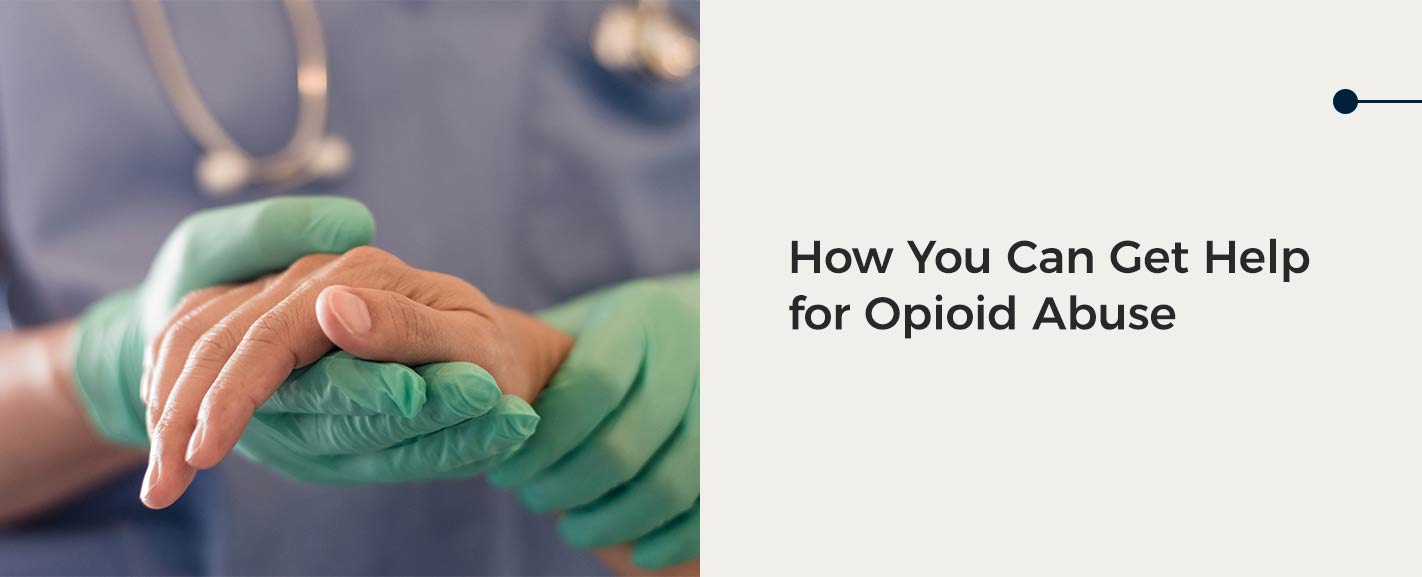- Feb 11
- AddictionDrug Addiction TreatmentRecoveryTreatment
Opioid addiction is now a public health emergency in America, with the crisis directly impacting hundreds of thousands of people. More than136 people die from opioid overdosesevery single day. In 2019, almost 50,000 people died from opioid-related overdoses, more than any year on record. And this crisis isn’t just about heroin: prescription drugs were involved in 40 percent of all opioid overdoses. Fortunately, Gateway specializes in fighting the opioid crisis. We offer comprehensive opioid addiction treatment programs that can help prevent you or a loved one from becoming another one of these statistics.
- What Are Opioids?
- What Caused the Opioid Epidemic?
- How the U.S. Government is Fighting the Opioid Crisis
- How You Can Get Help for Opioid Abuse
- What to Expect from Opioid Treatment
What Are Opioids?
Opioids are a class of drugs that work by interacting with specific opioid receptors in the brain. Opioids are natural, deriving from the poppy plant, or synthetic and created in laboratories. Opioids work with the brain to provide pain relief along with feelings of relaxation or “high” feelings and drowsiness. Prescription opioids are given to treat moderate or severe pain by blocking pain signals from the brain to the body. Opioids include both illegal and prescription drugs. The opioids that are commonly used include:
- Heroin, also known as an opiate
- Fentanyl and other synthetic opioids
- Prescription opioids such as hydrocodone, oxycodone, morphine, and codeine
Opioids are most powerful and intense when injected.
Opioid Use Disorder
Opioid use disorder describes the dependency that people can develop on opioids. It’s a chronic disorder resulting from the misuse of prescription opioids or the use of illegal opioids. A person’s behavioral patterns surrounding opioid use help determine whether they qualify for the diagnosis of opioid use disorder.
What Caused the Opioid Epidemic?
Knowing what the opioid epidemic is and the severity of the situation in the United States can help make the conversation about opioid use disorder more common and supply more resources to people who need them. Our knowledge about the dangers of opioid use is fairly new. As recently as the late 1990s, pharmaceutical companies were reassuring the medical community that prescription opioids were safe and non-addictive. Healthcare providers began prescribing opioids at higher frequencies. However, as misuse and overdose rates increased quickly, it became clear that patients were abusing the drugs.
There are numerous statistics surrounding the opioid epidemic that highlight the size of the issue. Roughly 21–29 percent of patients misuse their prescription medication and an estimated 80 percent of people who use heroin started by misusing prescription drugs. The Midwestern states have been hard hit, with opioid overdoses shooting up 70 percent between July 2016 and September 2017, while overdoses increased 30 percent in 45 other states in the same period.
In 2017, the U.S. Department of Health and Human Services declared a public health emergency to address the opioid crisis in the United States.
How the U.S. Government is Fighting the Opioid Crisis
The U.S. government has recognized the severity of the opioid epidemic, and they plan on fighting the opioid crisis using multiple agencies and implementing opioid legislation policies. The U.S. Department of Health and Human Services (HHS) has announced a strategy centered on five priorities to help solve the opioid crisis:
- Better addiction treatment, prevention resources and recovery services
- Better public health data
- Better pain management that is healthy and evidence-based
- Better availability and targeting of overdose-reversing drugs
- Better research on pain and addiction
Two key goals are improving access to opioid addiction treatment and recovery services as well as promoting the use of overdose-reversing drugs. Research has shown that medications such as the use of methadone, buprenorphine, and naltrexone have been effective in helping many patients overcome opioid addiction. And when administered immediately, the drug naloxone can reverse an opioid overdose.
In addition to the above goals, HHS plans to:
- Strengthen an understanding of the epidemic through better public health surveillance
- Provide support for research on pain and addiction
- Develop better practices for pain management
How You Can Get Help for Opioid Abuse
The opioid epidemic can affect anyone. It can alter a person’s life and connections with family, coworkers and people in their community. Treatments are available for opioid use disorder, and it’s important to know what options are available for yourself or your loved ones to get on the road to recovery.
The first step in getting help for you or a loved one is recognizing the signs of an opioid use disorder. A person who is misusing opioids is likely to exhibit signs consistent with other drug addictions. Signs or symptoms of opioid use disorder include:
- Having a strong craving or desire for opioids
- Using larger amounts of opioids for longer than prescribed
- Limiting social or work activities because of opioid use
- Having problems fulfilling commitments and other obligations
- Spending a lot of time trying to get or use opioids
- Developing a tolerance to opioids
- Experiencing withdrawal after stopping or reducing opioid usage
- Spending a lot of time alone
- Changes in eating habits
- Mood changes (cranky, sad, tired, hyper-energetic)
- Problems at work or school
If a person is seeking out treatment options for themselves, having intrinsic motivation to get help, having the drive to prevent something important from leaving their life or surrounding themselves with supportive people can impact their journey to treatment.
Encouraging a person to seek treatment is one of the best things a person can do when they notice signs of opioid use disorder. Providing a person with resources on treatment options and showing empathy about their struggles can help support a loved one experiencing opioid use disorder.
Every person’s treatment plans look different, and a person deciding to reach out for help is a big step in their journey to recovery.
Gateway has effective and comprehensive opioid addiction treatment programs for men, women and adolescents.
What to Expect from Opioid Treatment
With over 50 years of experience treating and caring for patients, Gateway Foundation can provide help to those wanting to reclaim their lives from opioid use disorder. We offer treatments for people with opioid use disorder, including inpatient and outpatient services and assistance with counseling or care after treatment.
Treatment for opioid addiction will vary based on the specific drug involved and the individual patient’s needs. When it comes to heroin treatment at Gateway, Medication-Assisted Treatment is used to help manage painful withdrawal symptoms, which can reduce the risk of relapse. Research has shown that this approach can be highly effective using medications such as Suboxone and Vivitrol.
The same medications are often used to treat prescription drug addictions in order to manage withdrawal symptoms. In both cases, patients are given a comprehensive treatment plan that also includes counseling and therapy to help them make healthy lifestyle changes.
Whatever type of opioid you or your loved one is using, the most important step is to commit to seeking evidence-based substance use treatment programs. With the proper treatment and support, people with opioid use disorder can overcome their addictions and move on to a life free from drugs.
To learn more about ways that we’re fighting the opioid crisis, or for information about our opioid addiction treatment programs, contact Gateway today at 877.381.6538. or schedule an appointment online.




